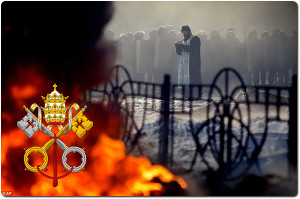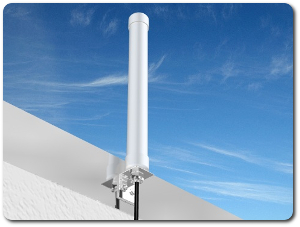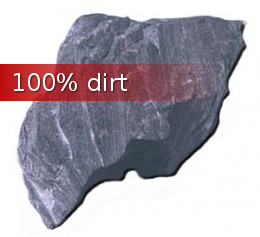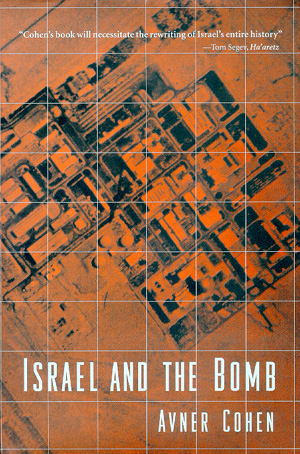Convert liquid fuel into high mileage fuel vapor using fuel aeration
Getting Off Oil, World news Wednesday, October 1st, 2014Can you exponentially increase your vehicle’s fuel mileage by using only the gas vapor from the top inside of your vehicle’s liquid fuel tank? According to the US government gas vapor and not liquid fuel is what runs all internal combustion engines. FEMA ”All internal combustion engines actually run on vapor, not liquid. The liquid fuels used by gasoline engines are vaporized before they enter the combustion chamber above the pistons.” This claim was made in a FEMA (Federal Emergency Management Agency) report that was published in 1989 www.woodgas.net/files/FEMA_emergency_gassifer.pdf
According to FEMA, you actually can exponentially increase your vehicle’s fuel mileage by using only the gas vapor. All vehicles on the road today would run more efficiently if only fuel vapor was used. If all vehicles were fueled only by fuel vapor carbon emissions would drastically diminish. Keeping that in mind, you can convert every car or truck into a high mileage fuel vapor vehicle using your vehicle’s existing fuel tank and fuel sending unit. There is no need to manufacture any new parts as this fuel vapor system uses existing mass produced, store bought parts. You will need 3 main parts:
1) an air compressor or truck air brake tank – will function as a fuel vapor collector tank. The collector tank collects and stores the generated fuel vapor.
2) a stainless steel barbecue burner – functions as an aerator. Affixed to the bottom of the liquid fuel tank so that filtered air can be pumped into the liquid fuel. Pumping filtered air into the liquid fuel causes the air to become saturated with the fuel as it rises out of the liquid fuel and into a fuel line attached fuel vapor collector tank.
3) a large air filter – filters the air before it enters the liquid fuel tank. Filtering the air before it is pumped into the aerator prevents dirt from clogging the aerator. Mass produced truck air filter or custom car air filter can be used.
To connect the above components you will also need a number of fuel lines, fuel line fittings for the air filter and fuel vapor collector tank and a pressure gauge. The fittings you buy must be for fuel lines. Custom car / automotive parts stores will carry the right fittings, fuel lines and air filters for the conversion. Heavy truck parts stores will more than likely have the air brake tank you will need.
As FEMA has stated all cars and trucks “actually run on vapor not liquid” fuel. The auto makers know this, yet still do not assemble any cars or trucks with a fuel vapor fuel system. Auto makers make no attempts to vaporize the liquid gasoline. They replaced carburetors with fuel injectors but your vehicle’s fuel injectors do not inject fuel vapor into the combustion chamber of your vehicle’s engine. Fuel injectors inject fuel droplets, which is still a liquid fuel.
Fuel injectors didn’t increase fuel mileage, they regulate and control the precise amount of fuel that is consumed by your vehicle’s engine via fuel injectors that are precisely controlled by your vehicle’s electronic control module (ECM). The ECM was introduced to prevent your vehicle from achieving higher fuel efficiency by automatically regulating the air fuel mixture so that it only runs using the oil and gas companies’ high fuel consumption standard of 14.6:1 air:fuel mixture.
Simply by increasing the air fuel mixtures to 17:1 or higher will automatically achieve much higher fuel mileage, however, the ECM makes sure it doesn’t. The ECM makes sure oil and gas companies make a profit with high liquid fuel demand and consumption.
By converting liquid fuel into a fuel vapor at the source – the gas tank – much higher fuel mileage is achievable. Higher fuel mileage means lower fuel demand and a substantial fuel cost saving. Instead of pumping liquid fuel from the fuel tank and through the fuel line, fuel vapor is generated and pumped through your vehicle’s fuel system.
The same principle is already and has been used for decades in propane fueled vehicles worldwide. In propane fueled vehicles (taxis) the liquid propane stored in a propane tank is converted into a gases state in the engine compartment. Liquid fuel aeration converts liquid gasoline into a highly combustible gas vapor, inside the liquid fuel tank.
Fuel tank aeration (draw in filtered air into the liquid fuel) effectively converts the liquid fuel in the fuel tank into a fuel vapor without adding heat or making any expensive modification.
Fuel vapor not only increases fuel efficiency it also reduces carbon emissions and your fuel cost. You can drive a lot farther when you fuel your vehicle with fuel vapor. How much farther? The saturated vapor volume of an average gallon of liquid gasoline when fully evaporated is 160 gallons of vapor at 60° F and sea level. That means, if you were able to completely vaporize 1 gallon of liquid gasoline you would have 160 gallons of fuel vapor. If you were to incorporate this fuel vapor technology your car or truck could potentially travel as much as 160 times farther on one gallon of liquid fuel. On average the fuel efficiency of most cars on the road today is approximately 20 mpg. 20 mpg x liquid to vapor conversion factor of 160 = 3200 mpg. How many would be very happy with a liquid to vapor conversion factor of 5 or 10 (increase of 100 to 200 mpg)?
Fuel vapor burns much cleaner than liquid gasoline and has a higher octane rating. A lean running engine (ie, an engine using more air than fuel) has a cooler combustion process than the typical ECM engine with a preset (never deviating) chemically correct mixture of 14.6 air : 1 fuel. Running cooler is also better for the engines. Cooler running engines means a reduction in heat damage and failure.
Why haven’t you heard about this technology? The oil industry and government have been intentionally keeping you in the dark. The oil industry stands to lose $billions if everyone knew about this technology. Government would lose tax revenue too. So they cover up this proven technology.
It takes two to five barrels of fresh drinking water to produce 1 barrel of the very toxic Alberta tar (asphalt) they call oil. About two tons of tar sands is stripped mined to produce one barrel of liquefied Alberta tar. …. All these processes take huge amounts of energy and water, while emitting very high amounts of CO2.
It was because of oil that the US attacked Afghanistan – to build the Trans Afghan Pipeline. It was because of oil that the US attacked Iraq. It was because of oil the US attacked Libya. Oil reserves in Libya are the largest in Africa and the eighth largest in the world with 46.4 billion barrels as of 2010. It is because of oil that the US and Israel sent mercenaries into Syria to cause an uprising. In 2010, Syria produced around 385000 barrels per day of crude oil. Also, just before the US/Israel sponsored terrorist uprising in Syria, a very large and very lucrative oil and natural gas field was discovered off Syria’s coast. Very strong motive for Israel to send mercenaries into Syria to destroy Syria and overthrow its government.
Short URL: https://presscore.ca/news/?p=10673


 The Halifax International Security Forum was founded in 2009 as a propaganda program within the German Marshall Fund (founded June 5, 1972 by West German Chancellor Willy Brandt) by the Crown in Canada using Crown Corp ACOA & DND funds. The Halifax International Security Forum is a front that is used to recruit top US, UK and Canadian gov and military officials as double agents for Canada's WWI, WWII enemy and wage new Vatican Germany Cold War.
High Treason: s.46 (1) Every one commits high treason who, in Canada (c) assists an enemy at war with Canada, ..., whether or not a state of war exists". Every one who, in Canada assists Canada's enemies wage "piecemeal WWIII" Cold War by organizing, funding and participating in the Germany government politically and militarily benefitting / lead Halifax International Security Forum is committing high treason.
The Halifax International Security Forum was founded in 2009 as a propaganda program within the German Marshall Fund (founded June 5, 1972 by West German Chancellor Willy Brandt) by the Crown in Canada using Crown Corp ACOA & DND funds. The Halifax International Security Forum is a front that is used to recruit top US, UK and Canadian gov and military officials as double agents for Canada's WWI, WWII enemy and wage new Vatican Germany Cold War.
High Treason: s.46 (1) Every one commits high treason who, in Canada (c) assists an enemy at war with Canada, ..., whether or not a state of war exists". Every one who, in Canada assists Canada's enemies wage "piecemeal WWIII" Cold War by organizing, funding and participating in the Germany government politically and militarily benefitting / lead Halifax International Security Forum is committing high treason.
 Please take a moment to sign a petition to
Please take a moment to sign a petition to 




























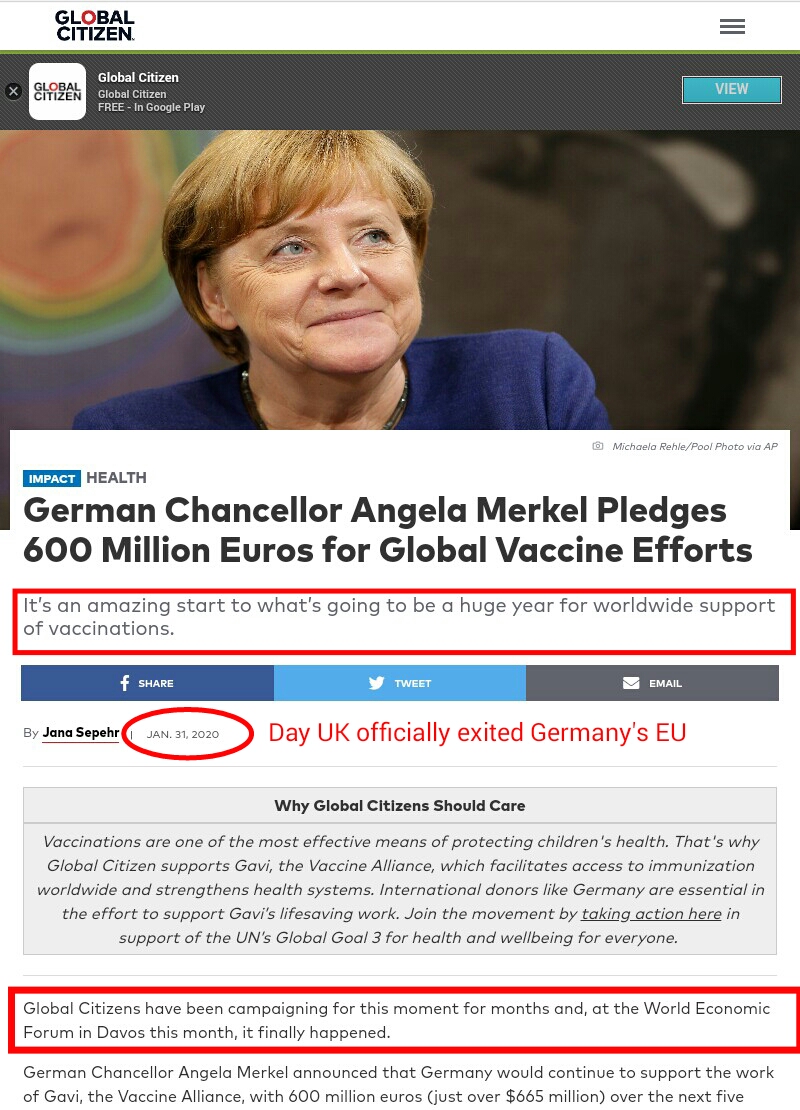





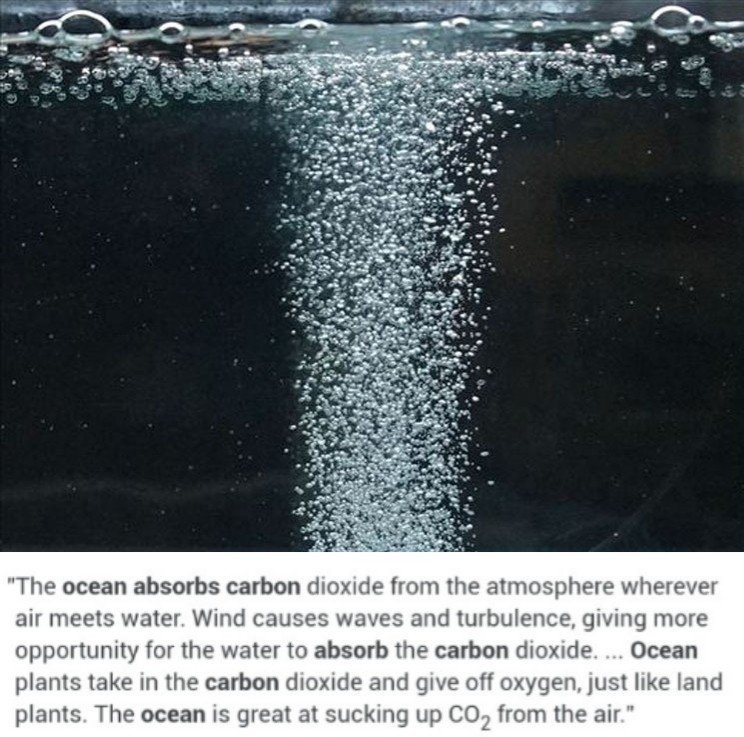






 1917 Code of Canon Law, Canon 185 invalidates (voids) all papacies since October 26, 1958 due to the fact Cardinal Giuseppe Siri was elected Pope on the Third ballot on Oct 26 1958 but the new Pope Gregory XVII was illegally prevented from assuming the office. A Pope was elected on October 26, 1958. Thousands of people witnessed a new Pope being elected by seeing white smoke and millions were informed by Vatican radio broadcasts beginning at 6:00 PM Rome time on October 26, 1958. The papacy of Francis, Benedict, John Paul II, John Paul I, Paul VI, John XXIII and any and all of their respective doctrines, bulls, letter patents and the Second Vatican Council are all invalidated (having no force, binding power, or validity) by Canon 185 because the 1958 conclave of cardinals elected Cardinal Giuseppe Siri Pope on Oct 26 1958. Cardinal Giuseppe Siri accepted the papacy by taking the name Pope Gregory XVII but was illegally prevented from assuming his elected office.. According to Canon 185 Cardinal Angelo Giuseppe Roncalli illegally assumed the papacy 2 days later by fraud and grave fear, unjustly inflicted against Cardinal Giuseppe Siri who was lawfully elected Pope Gregory XVII. Because no Pope has been lawfully elected since October 26, 1958 the Holy See (la Santa Sede/Seat) remains vacant.
1917 Code of Canon Law, Canon 185 invalidates (voids) all papacies since October 26, 1958 due to the fact Cardinal Giuseppe Siri was elected Pope on the Third ballot on Oct 26 1958 but the new Pope Gregory XVII was illegally prevented from assuming the office. A Pope was elected on October 26, 1958. Thousands of people witnessed a new Pope being elected by seeing white smoke and millions were informed by Vatican radio broadcasts beginning at 6:00 PM Rome time on October 26, 1958. The papacy of Francis, Benedict, John Paul II, John Paul I, Paul VI, John XXIII and any and all of their respective doctrines, bulls, letter patents and the Second Vatican Council are all invalidated (having no force, binding power, or validity) by Canon 185 because the 1958 conclave of cardinals elected Cardinal Giuseppe Siri Pope on Oct 26 1958. Cardinal Giuseppe Siri accepted the papacy by taking the name Pope Gregory XVII but was illegally prevented from assuming his elected office.. According to Canon 185 Cardinal Angelo Giuseppe Roncalli illegally assumed the papacy 2 days later by fraud and grave fear, unjustly inflicted against Cardinal Giuseppe Siri who was lawfully elected Pope Gregory XVII. Because no Pope has been lawfully elected since October 26, 1958 the Holy See (la Santa Sede/Seat) remains vacant.
 Hold the Crown (alias for temporal authority of the reigning Pope), the Crown appointed Governor General of Canada David Lloyd Johnston, the Crown's Prime Minister (servant) Stephen Joseph Harper, the Crown's Minister of Justice and Attorney General Peter Gordon MacKay and the Crown's traitorous military RCMP force, accountable for their crimes of treason and high treason against Canada and acts preparatory thereto. The indictment charges that they, on and thereafter the 22nd day of October in the year 2014, at Parliament in the City of Ottawa in the Region of Ontario did, use force and violence, via the staged false flag Exercise Determined Dragon 14, for the purpose of overthrowing and besieging the government of Canada contrary to Section 46 of the Criminal Code. In a society governed by the rule of law, the government and its officials and agents are subject to and held accountable under the law. Sign the online
Hold the Crown (alias for temporal authority of the reigning Pope), the Crown appointed Governor General of Canada David Lloyd Johnston, the Crown's Prime Minister (servant) Stephen Joseph Harper, the Crown's Minister of Justice and Attorney General Peter Gordon MacKay and the Crown's traitorous military RCMP force, accountable for their crimes of treason and high treason against Canada and acts preparatory thereto. The indictment charges that they, on and thereafter the 22nd day of October in the year 2014, at Parliament in the City of Ottawa in the Region of Ontario did, use force and violence, via the staged false flag Exercise Determined Dragon 14, for the purpose of overthrowing and besieging the government of Canada contrary to Section 46 of the Criminal Code. In a society governed by the rule of law, the government and its officials and agents are subject to and held accountable under the law. Sign the online  Two of the most obvious signs of a dictatorship in Canada is traitorous Stephen Harper flying around in a "military aircraft" and using Canadian Special Forces "military" personnel from JTF2 and personnel from the Crown's traitorous martial law "military" RCMP force as his personal bodyguards.
Two of the most obvious signs of a dictatorship in Canada is traitorous Stephen Harper flying around in a "military aircraft" and using Canadian Special Forces "military" personnel from JTF2 and personnel from the Crown's traitorous martial law "military" RCMP force as his personal bodyguards.

